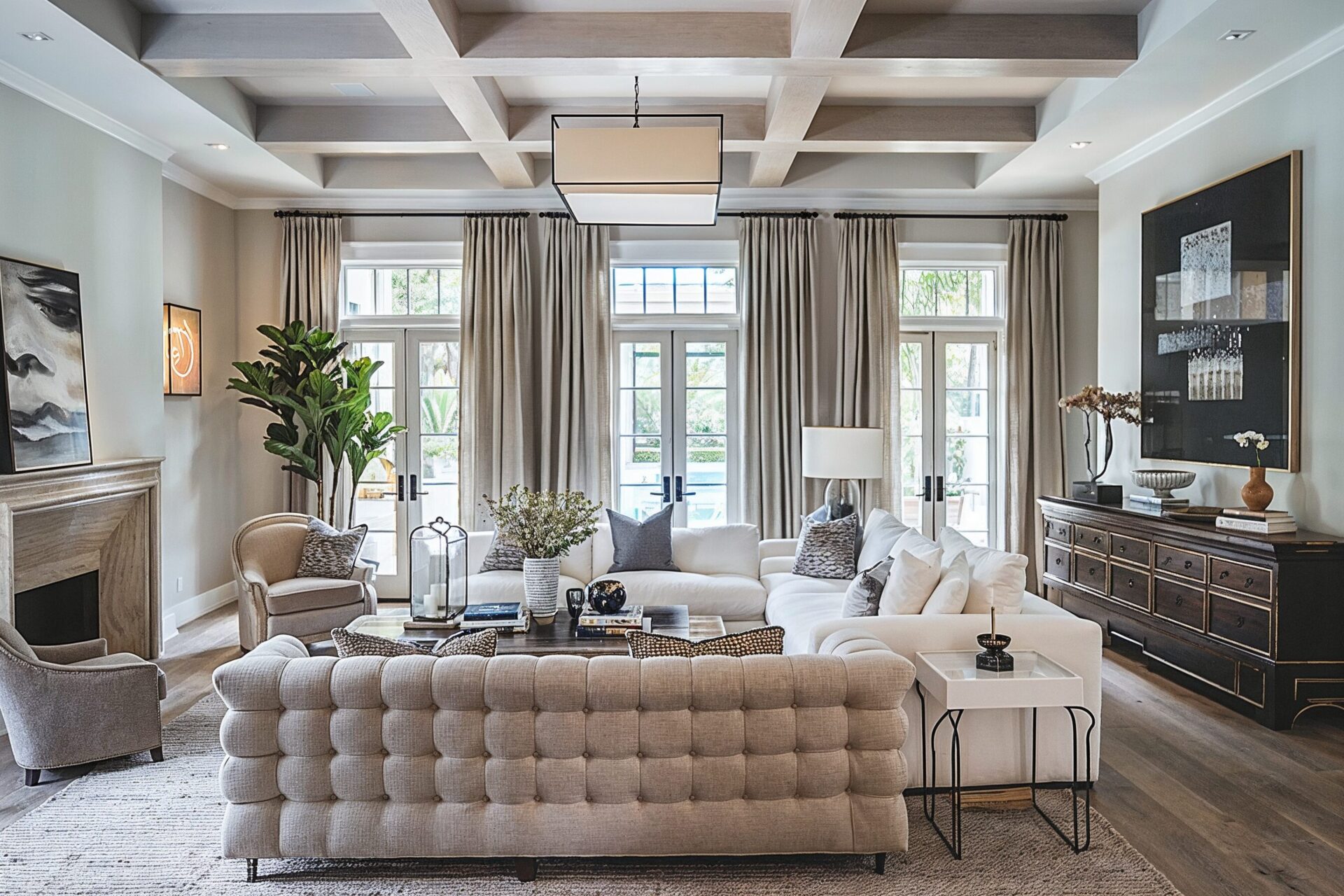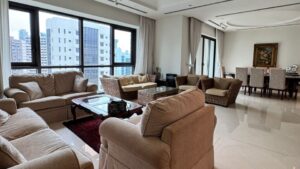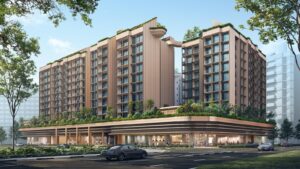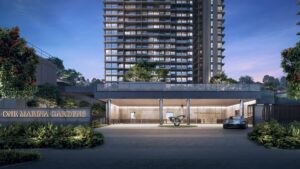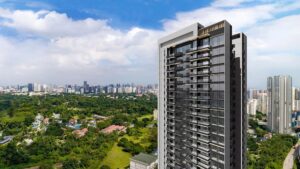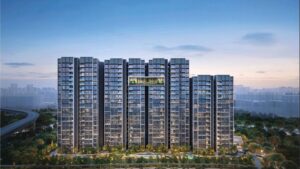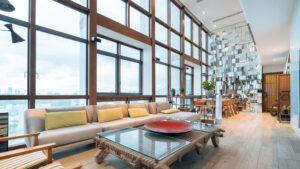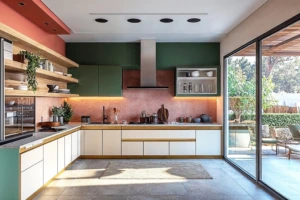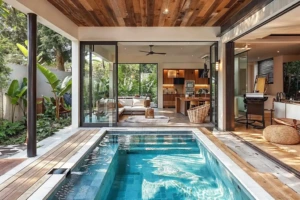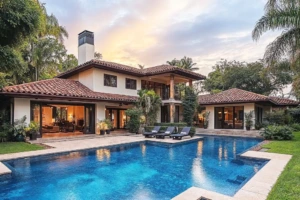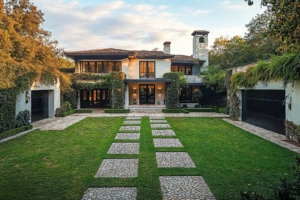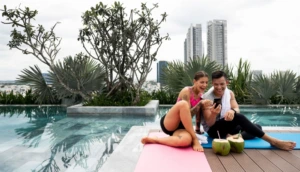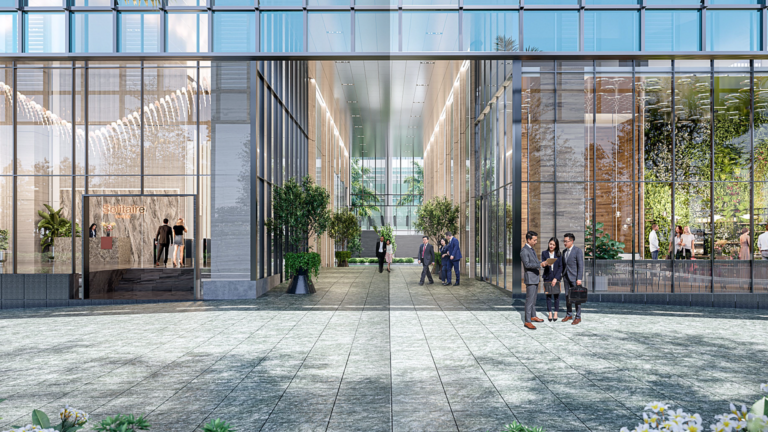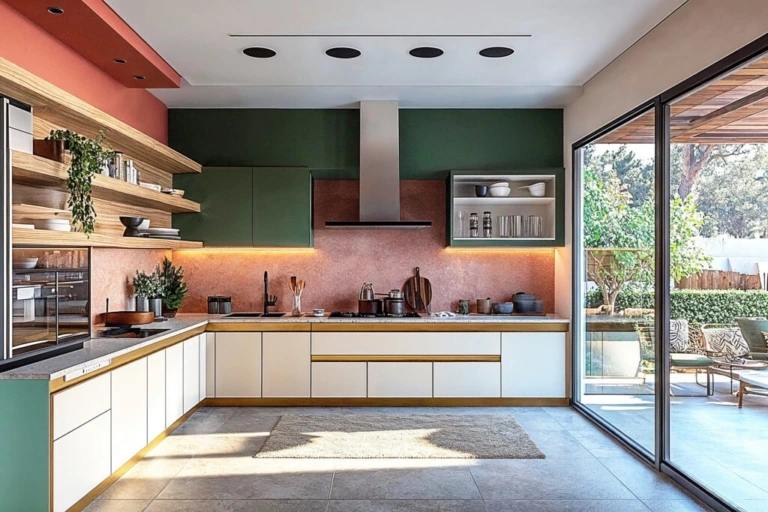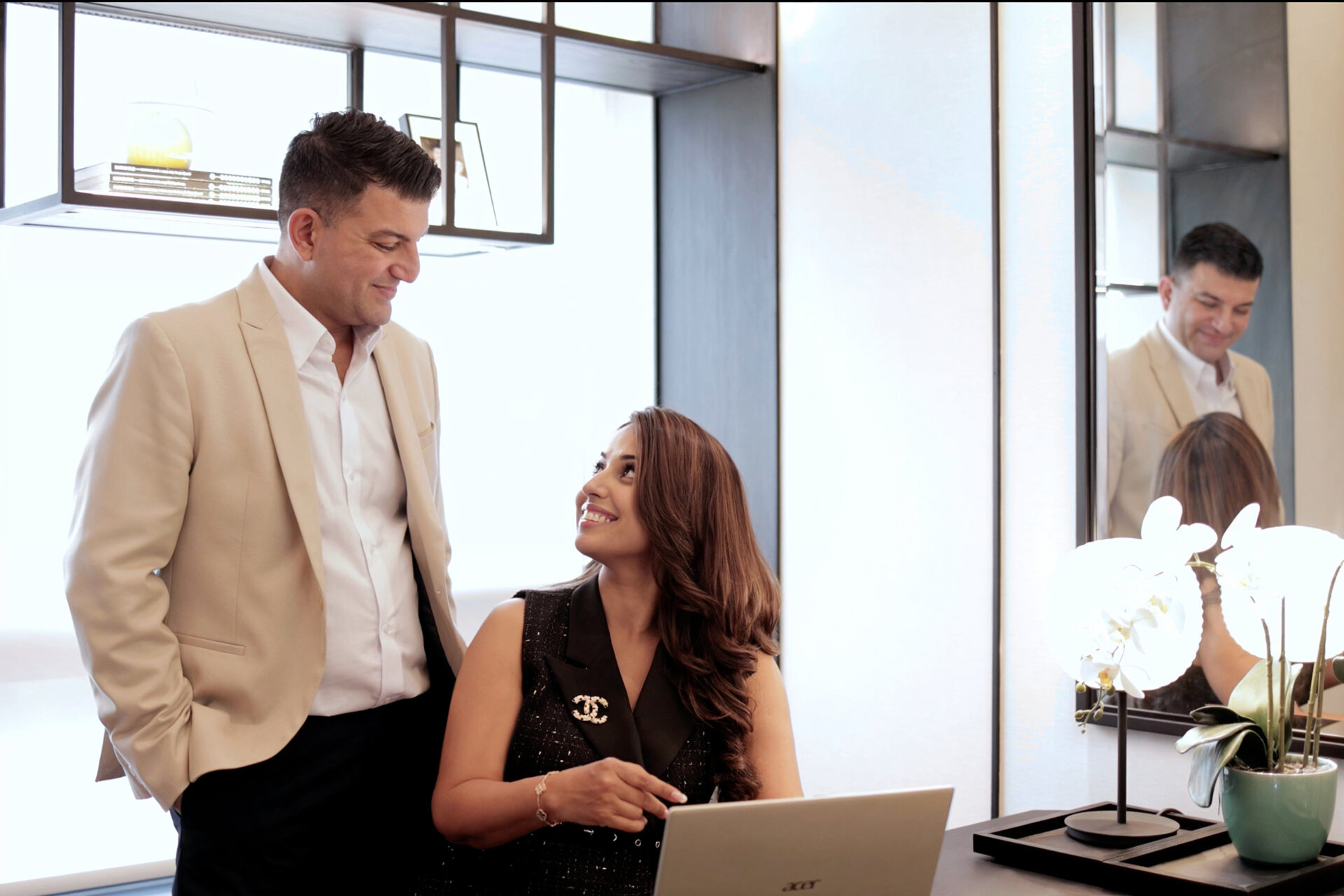|
Getting your Trinity Audio player ready...
|
A Glimpse into Singapore’s Skyline
On a sun-drenched Tuesday afternoon, Kaizar Karkaria, cofounder and CEO of Singapore Luxury Homes, leads an American tech executive onto the penthouse balcony of a sleek, newly launched condominium. Before them, Singapore’s modern skyline stretches towards the sea, the urban vista of Gardens by the Bay melding seamlessly with the horizon.


“It’s like owning a piece of the future”, Karkaria says, his hand sweeping across the panoramic view. The tech executive nods, visibly impressed by the property and its prospects.
This scene plays out increasingly often in Singapore as foreign investors eye the stable real estate market. They’re drawn by its regulatory transparency and strategic location in the heart of Southeast Asia. But for many, the path to property ownership here can be paved with unknowns and financial considerations that make Singapore’s real estate seem not so straightforward.
ABSD A Major Consideration for Foreign Buyers
At the forefront of these challenges is the Additional Buyer’s Stamp Duty (ABSD), a hefty tax that cools foreign investment in the local property market. For most foreign buyers, this amounts to a staggering 60% of the property’s purchase price.
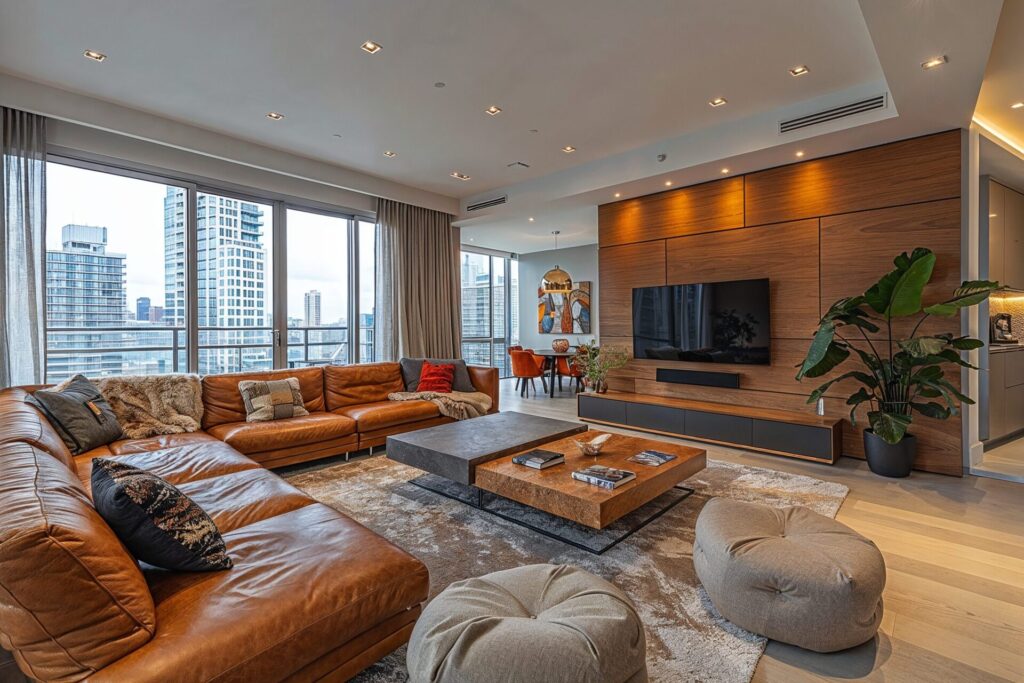

“It’s a serious deterrent for some foreign investors”, says Sunita Gill, cofounder and COO of Singapore Luxury Homes. However, there are exceptions for certain foreigners from Free Trade Agreement countries, including the United States.
Gill mentions, “The government is walking a tightrope between attracting foreign investment and keeping housing affordable for locals”.
Under similar agreements, American citizens and nationals of Iceland, Liechtenstein, Norway, and Switzerland enjoy a unique advantage. Under these Free Trade Agreements, they’re exempt from the exorbitant ABSD on their first property purchase, receiving the same treatment as Singapore citizens, which can mean savings of hundreds of thousands of dollars.
“It’s not exactly a loophole, but it’s certainly a door left ajar”, Gill explains.
Understanding Singapore’s Property Market Segmentation
The property market in Singapore is a study of careful segmentation. The Core Central Region, which includes prime districts like Marina Bay, Bukit Timah and Orchard Road, commands premium prices and caters to the luxury market. The Rest of Central Region offers a balance of centrality and relative affordability, while the Outside Central Region provides more competitive pricing and often larger unit sizes.
Process of Financing and Acquisition
For those able to navigate the regulatory landscape, financing presents another hurdle. Singapore banks typically offer foreign buyers up to 75% loan-to-value ratios, but interest rates are often higher than those for local residents.
“It’s not just about having the money”, says Gill. “It’s about proving your financial stability to a degree that might surprise foreign investors”.
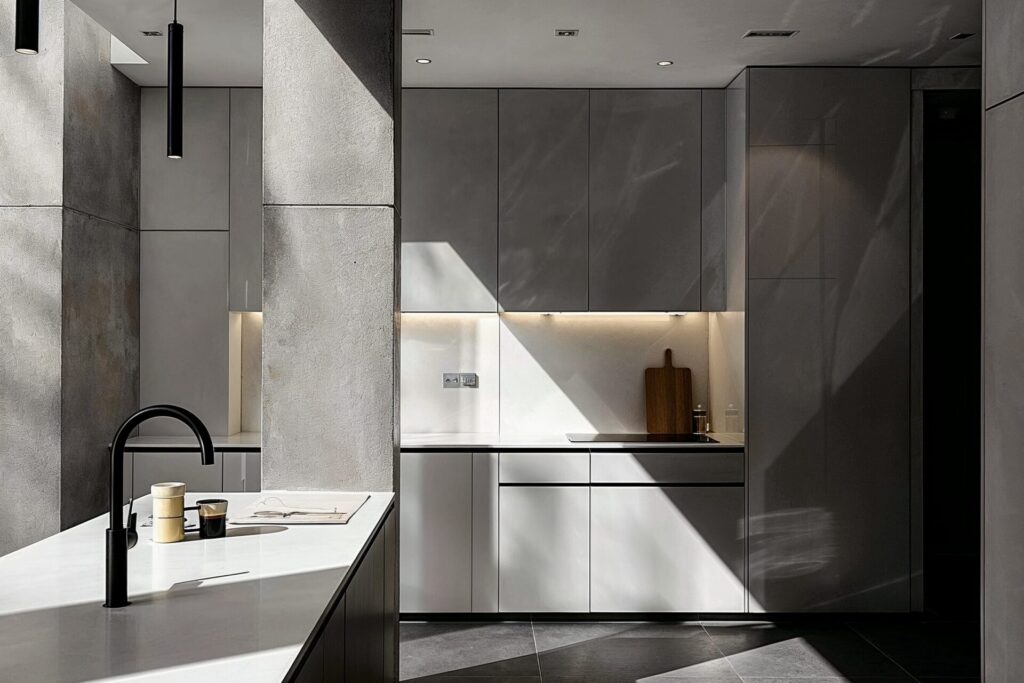

The acquisition process itself is a carefully choreographed dance of paperwork and timing. After engaging a licensed property agent, buyers submit an offer and, if accepted, pay a 1% option fee to secure an Option to Purchase. This option is then exercised within a specified timeframe by paying the remaining 4% down payment and stamping the sale and purchase agreement.
Miss a step, and you could find yourself forfeiting that initial fee, a costly misstep in a market where prime properties can easily run into the millions.
Additional Costs and Considerations
Beyond the purchase price, foreign buyers need to factor in additional costs. The Buyer’s Stamp Duty applies to all property purchases, and annual property taxes can be substantial, especially for high-value assets. For those looking to generate rental income, it’s worth noting that while rental yields can be attractive, this income is taxable in Singapore.
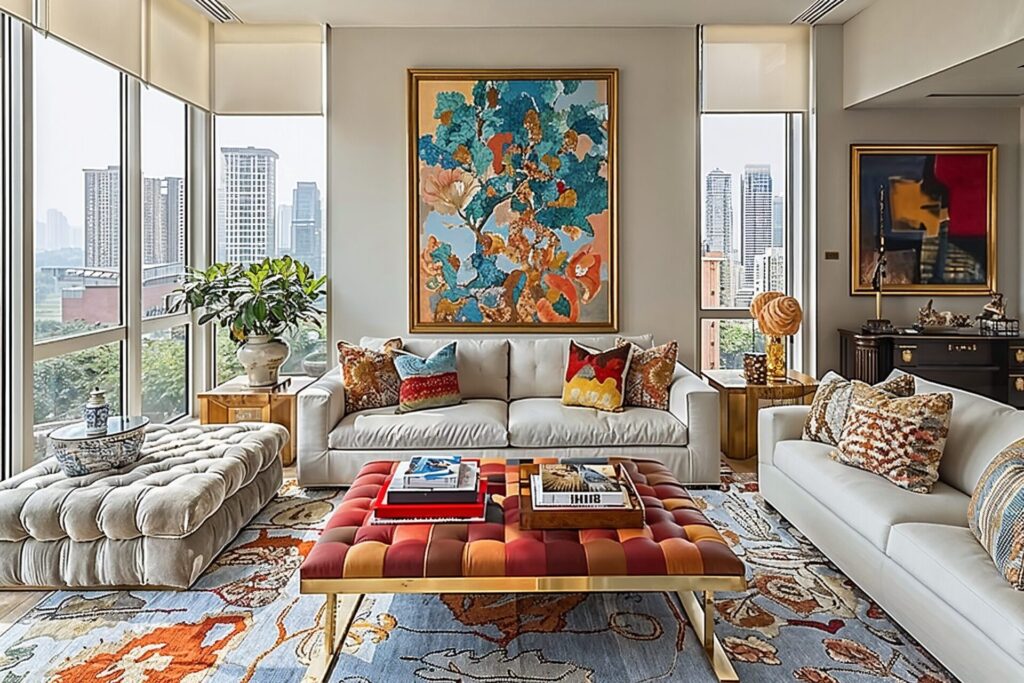

Guides to Buy Property in Singapore for Foreigners
Singapore’s Interventionist Approach
Singapore’s approach to managing its property market is interventionist by global standards. The government actively manages supply and demand to ensure stability, starkly contrasting the more laissez-faire approach of some other markets.
For those eyeing an exit strategy, it’s crucial to be aware of the Seller’s Stamp Duty, which applies to properties sold within three years of purchase, decreasing with the holding period.
But something is reassuring about investing in a market that’s so carefully managed. It’s stable.
Your Gateway to Singapore’s Luxury Real Estate
Foreign investors willing to enter Singapore’s property market have stable potential for appreciation. As this island nation continues to position itself as a global hub for finance and technology, its real estate market remains a concrete reflection of its ambitions – exclusive, tightly controlled, but still alluring to those with the means and patience to stake their claim.
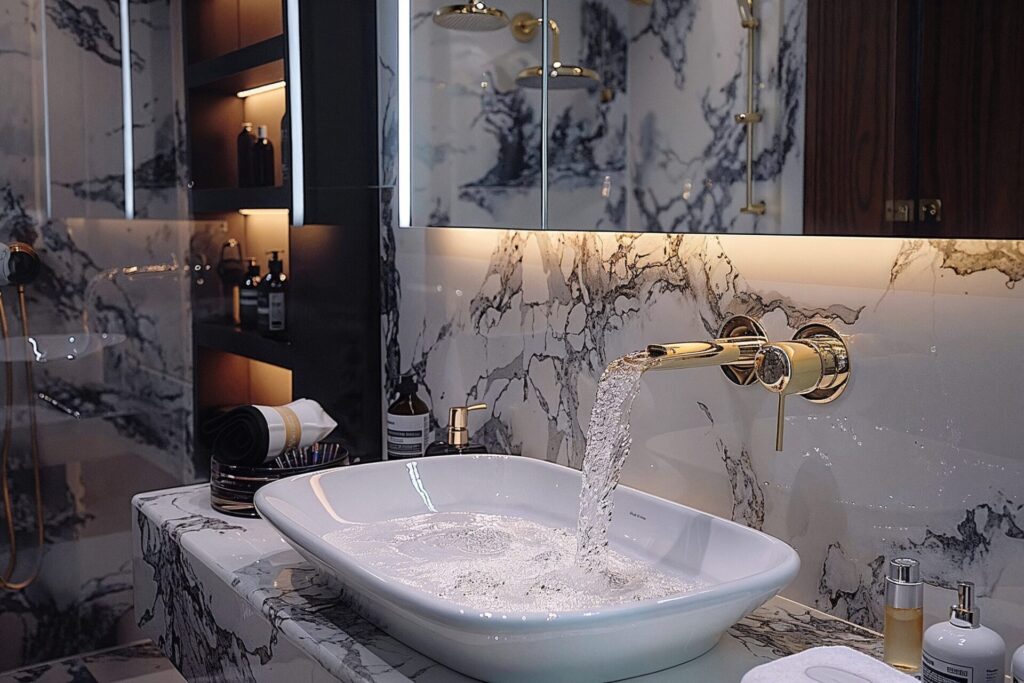

Navigating Singapore’s property market as a foreign investor can be complex, but with the right guidance, it can be an incredibly rewarding venture. Singapore Luxury Homes’ top 1% real estate team is uniquely positioned to guide you through every step of the process. With their deep market knowledge, extensive network, and proven track record of over $2 billion in real estate sales, they can help you find and secure your piece of Singapore’s thriving property market.
Whether you’re looking for a prime investment opportunity or a luxurious home in the heart of Southeast Asia, contact Singapore Luxury Homes today to turn your Singapore real estate aspirations into reality.

